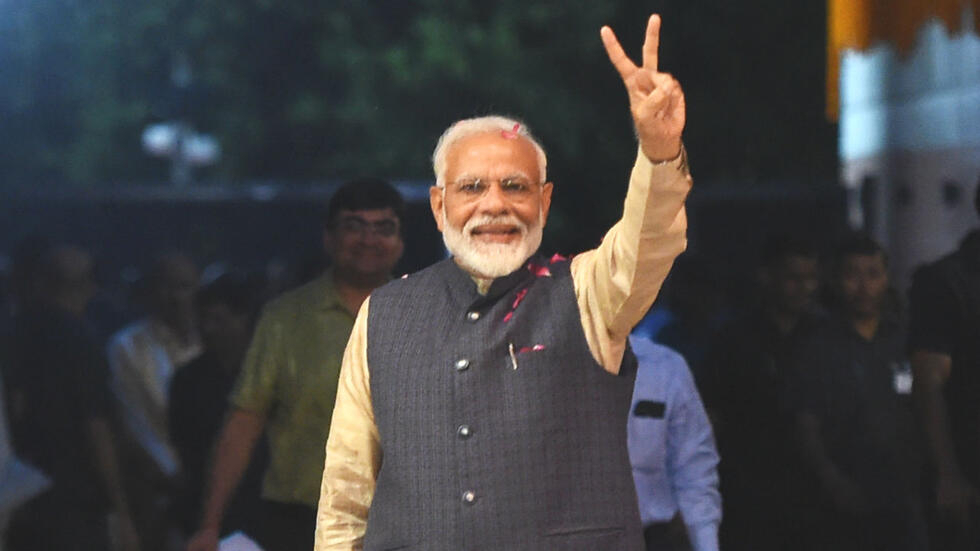The Indian political landscape is always dynamic, with factors like public sentiment, economic performance, and regional dynamics playing crucial roles in determining electoral outcomes. As we approach the 2024 Indian elections, the focus naturally shifts to the prospects of the incumbent Prime Minister Narendra Modi and his party, the Bharatiya Janata Party (BJP). In this article, we’ll delve into various aspects that could influence Modi’s chances of winning the 2024 elections.
1. Incumbency Advantage
One of the primary factors working in favor of Narendra Modi is the incumbency advantage. Historically, incumbent governments in India have often had an edge in elections due to factors like visibility, resources, and the ability to showcase achievements during their tenure. Modi’s government has implemented several high-profile policies such as the Goods and Services Tax (GST), demonetization, and various welfare schemes, which could resonate positively with voters.
2. Economic Performance
Economic performance is a critical factor that shapes voter perception. The Modi government’s track record in this regard will play a significant role in the 2024 elections. Factors like GDP growth, inflation rates, employment levels, and industrial output will be closely scrutinized by voters. Positive economic indicators could bolster Modi’s chances, while any downturn or perceived economic mismanagement could work against him.
3. Public Sentiment
Public sentiment, often gauged through opinion polls and surveys, provides insights into voter preferences. Factors such as satisfaction with government policies, trust in leadership, and perceptions of corruption and transparency can sway public sentiment. Modi’s popularity ratings, as well as the BJP’s performance in state elections leading up to 2024, will be key indicators of public sentiment.
4. Political Alliances
The BJP’s ability to forge alliances with regional parties and navigate coalition dynamics will also impact Modi’s chances in the 2024 elections. India’s political landscape is diverse, with regional parties wielding significant influence in many states. The BJP’s coalition-building efforts and ability to maintain alliances will be crucial in securing a strong electoral base.
5. Opposition Dynamics
The strength and unity of the opposition can also shape electoral outcomes. A fragmented opposition may inadvertently benefit the ruling party, while a cohesive opposition alliance could pose a formidable challenge. The Congress party, as the main opposition, will be looking to capitalize on any anti-incumbency sentiment and present a viable alternative to Modi’s leadership.
6. Regional Variations
India’s electoral dynamics vary significantly across regions, with factors like caste equations, regional aspirations, and local issues playing pivotal roles. Modi’s popularity and the BJP’s electoral performance may vary widely from one state to another. Understanding and addressing regional nuances will be crucial for Modi’s electoral strategy.
7. Campaign Strategy
Election campaigns play a crucial role in shaping voter perceptions. Modi’s ability to communicate his government’s achievements, address public concerns, and resonate with diverse voter demographics will be critical. The BJP’s campaign machinery, social media outreach, and ground-level mobilization efforts will influence voter turnout and support.
Conclusion
The 2024 Indian elections are poised to be a significant milestone in Indian politics, with Narendra Modi seeking a third consecutive term as Prime Minister. While several factors work in Modi’s favor, such as the incumbency advantage, economic performance, and campaign strategy, challenges like opposition unity, regional variations, and public sentiment remain critical variables. The electoral landscape is fluid, and the final outcome will depend on a complex interplay of these factors as the election date approaches.


